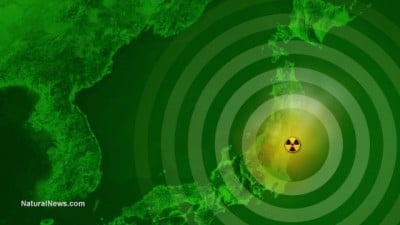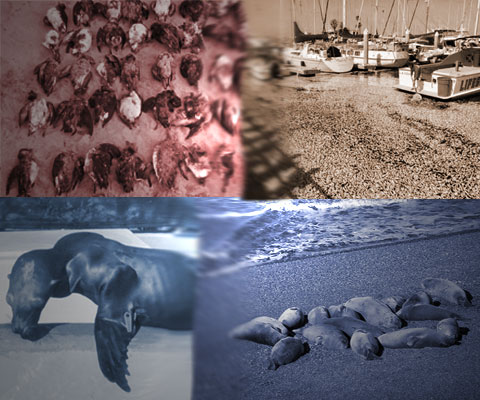Tritium is a radioactive isotope traceable to nuclear plant cooling tower operations. In this case, the leakappears to be emanating from the aging canals in the Turkey Point Nuclear Generating Station located nearby.
Biscayne Bay harbors one of the largest coral reefs on the planet and is situated near the Everglades. Hot, salty water from the canals appears to be flowing back into both national parks, which has caused concern among environmentalists and others from the time Turkey Point planned to expand its reactors in 2013.
“They argued the canals were a closed system, but that’s not how water works in South Florida,” Stoddard remarked.
“How much damage is that cooling canal system causing the bay is a question to be answered,” Everglades Law Center Attorney Julie Dick told the Miami Herald prior to reviewing the report. “There are a lot more unknowns than knowns and it just shows how much more attention we need to be paying to that cooling canal system.”
Tritium, a hydrogen isotope, is considered a precursor indication of leaks from nuclear plants, as it ‘travels’ or spreads faster than, and often precedes, other radioactive agents.
…click on the above link to read the rest of the article…











